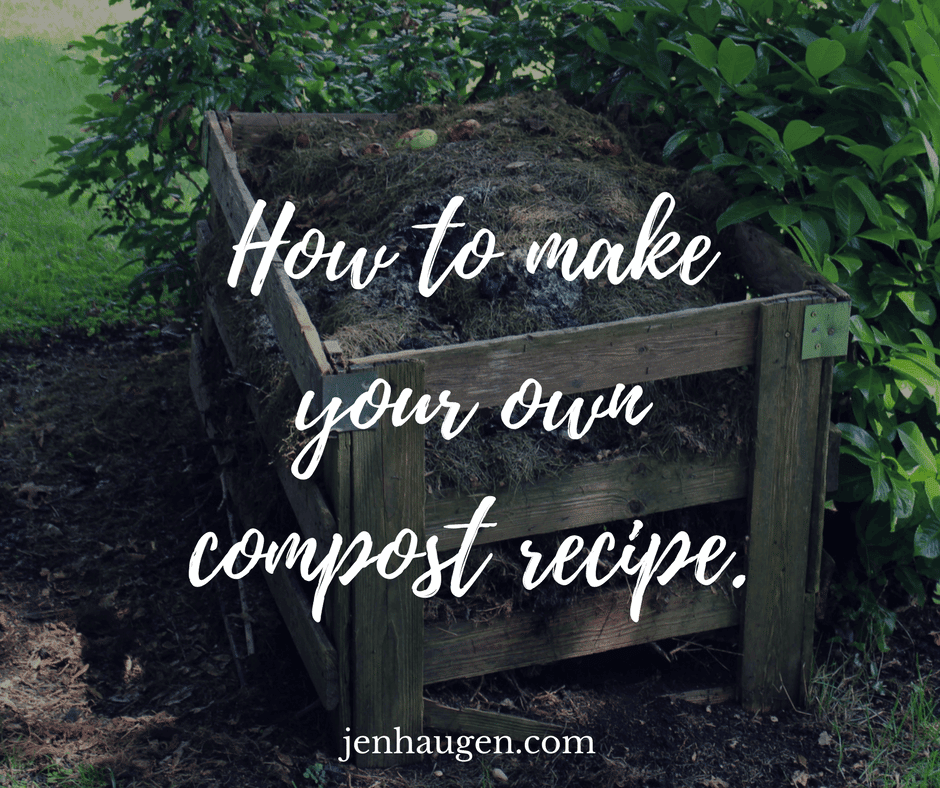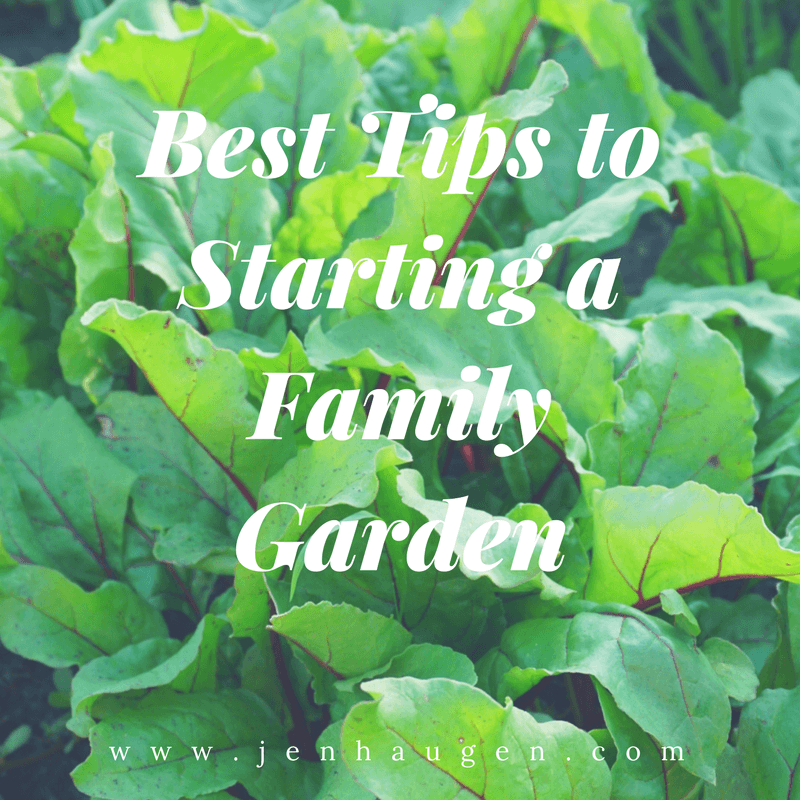3 Essential Herbs to Plant As A Family
Happy Earth Day! Ever get in a rut where you prepare the same dishes over and over? Same flavors, just a different day of the week? One way to boost the flavor and change things up a bit is to add different herbs to the recipe. Yet, many of us pass by the fresh herbs in the grocery store, not confident in our skills on how to use them in a recipe. Well, fear no more. Tasty options are just a step away when you have herbs planted outside your door or even on your windowsill.
When I was a young girl, I spent oodles of time in our large garden and one of my favorite things to grow were herbs. Just walking in the garden during the summer allowed me a full sensory experience – seeing the way the herbs swayed in the wind enticed me to rub the leaves and smell them and imagine them in a dish just based on the aroma. The same can be done now, especially with my kids. All I have to do is get out there and grow them! Here are my top three essential herbs to plant as a family:
Basil
The scent of basil is one of my garden favorites. It’s sweet aroma lends itself to fresh tomato soup with a hint of basil, or preparing into a flavorful pesto sauce and slathering on French bread for a turkey, arugula and pesto panini. And don’t forget the vegetables. Instead of just steaming broccoli or carrots, sauté them in olive oil and sprinkle fresh basil over the top near the end of cooking. Add fresh flavor to your favorite pasta dish filled with whole grain noodles, your favorite spring vegetables and a low fat cream sauce by sprinkling fresh basil. Take a virtual vacation to Italy by adding fresh basil to margarita pizza. It’s easy to grow too, just pick up a packet of seeds from your local garden center and plant them in the ground, covering with a 1/4 inch of soil after all danger of frost has passed. Keep seeds moist and they should emerge in 5-7 days. Start harvesting as soon as you see hearty, deep green leaves, when the plants are just a few inches tall. Harvesting frequently encourages new growth (and many tasty recipes!).
Cilantro
Perfect for those dishes that just “need a little something”, cilantro can be a go-to herb for adding fresh flavors to ordinary dishes. Turn taco Tuesday into fish taco Tuesday by sautéing tilapia or cod fillets with taco seasoning and adding shredded cabbage, a squeeze of lime juice, fresh cilantro and a dollop of nonfat plain Greek yogurt. Stir cilantro into your favorite chili recipe and be sure to add it to guacamole. And don’t forget Asian-style foods, think pad Thai, stir-fry or sautéed vegetables that really benefit from the fresh flavors of cilantro. Growing cilantro is a cinch when you start early in the spring after all danger of frost. You wouldn’t think it, but cilantro actually prefers cooler weather over the scorching temperatures of summer. Cilantro does better when you plant it directly in your garden or in a pot so it doesn’t have to be transplanted, in well-drained soil at a 1/4 inch depth. Seeds should sprout in 7-10 days and your first cilantro can be making a presence at your table in about 3 weeks. To encourage fuller plants, pinch back young cilantro an inch or so and be sure to snip off the main stem if flowers start to develop, otherwise it will become less productive as it will be directing all energy into seed creation.
Thyme
Flavors deepen and develop in savory dishes with the addition of thyme. Add an earthy, sweet flavor to beef stew or slow-cooked soup and freshness to roasted meats and vegetables. Italian dishes or chicken casseroles also come alive with the addition of thyme. And during grilling season, thyme can be a part of a marinade or a seasoning when grilling salmon, chicken breasts, beef sirloin or pork loin. Thyme requires little in maintenance, just well-drained soil, full sun and a spot that you wouldn’t mind having thyme be located in for 3-4 years. Thyme is a perennial, which means it comes back every year on its own. And the seeds are very small, and take some “time” to germinate, from 14-28 days. But be patient, this herb is worth the effort. You can start the seeds indoors if you like and then transplant outside in the garden or in a container after danger of frost. Harvest leaves as soon as you need them by snipping off a woody stem and sliding your fingers from the top down to remove the leaves and add them to your dish.
Tell me how you get “down-to-earth” with your food as a family! Share in the comments.
I originally wrote this blog post as a Stone Soup Blogger, the official blog of Food and Nutrition Magazine, and am now sharing with my readers! To see more of my family nutrition posts, check out my profile page.







